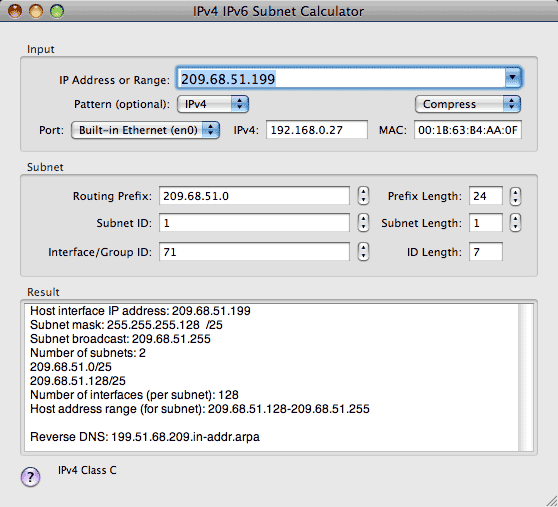

So just for a moment, I'm going to make a bad IPv6 address here.

Now you'd say well Mike why don't we make another double colon for these other zeros? Well let's do that for a minute. So we have fe80::1234 and then the rest of the address. Alright now as you look at this, we can take any long string of zeros and simply replace it with a double colon. When ever you have groups of zeros, first of all let's go ahead and take all those four zeros and just replace with a single zero. So what I want us to do is I'm gonna show us how we can concatenate this. You'll see we have two groups of four zeros and then we have three groups of four zeros. I need you to look at this address very very carefully.


And now let's put up another IPv6 address. So what I want to do, let's go ahead and get rid of that. And this makes it a little bit shorter and a little bit easier to type. So we get here and the four zeros gets reduced to a single zero that zero zero zero one we had is now just to a single one. So the first thing we an do whenever we're doing an IPv6 address is we can dump all the leading zeros if there are any. Okay so first of all, if you look at this address, you'll see that there's a lot of groups that start with zeros. So I want to show you some of the shortcuts that we use, when we're typing in the IPv6 addresses. So this is a lot of writing, so if you can imagine a world where you are in a static environment and you have to type this stuff in, it would be nice if we had some shortcuts. Now you need to be careful because on the exam they have a couple of really simple questions that will say things like which one of these is a valid IPv6 address and you need to be comfortable, always start with you're gonna have eight groups separated by seven columns. Now if you look at this address, number one you're gonna notice it's broken up into eight groups of four hexadecimal values, separated by a colon. So let's go ahead and get started and I'm gonna go ahead and throw an IPv6 address down right there. So in this episode, all we're gonna be doing is understanding the actual IPv6 address structure, what it looks like and some tricks we can do to manipulate it. If you want to understand IPv6 we've gotta start at the beginning and that is dealing with Ipv6 addresses.


 0 kommentar(er)
0 kommentar(er)
